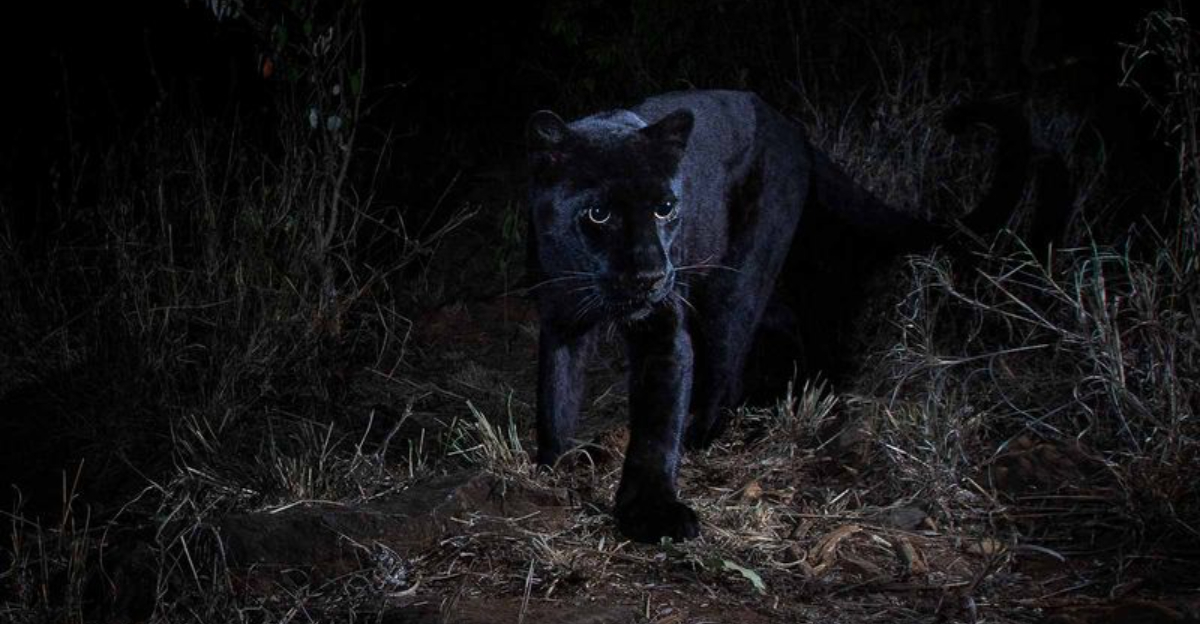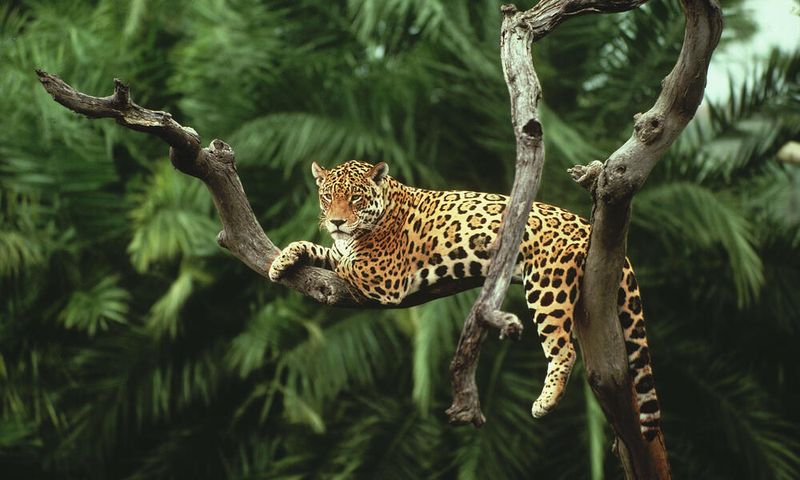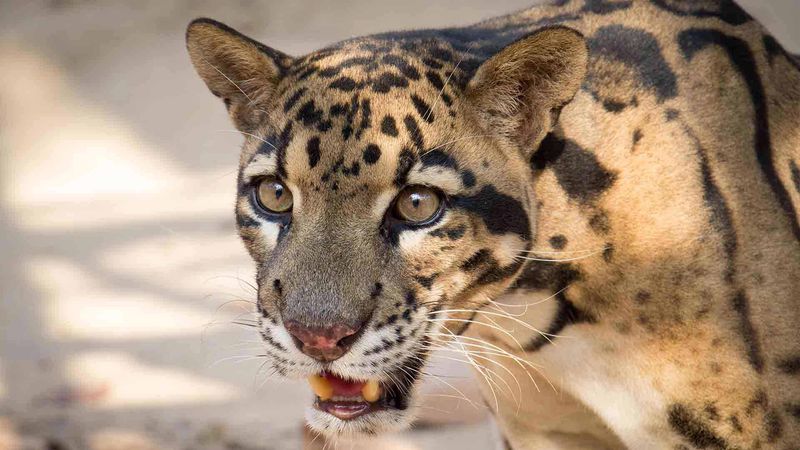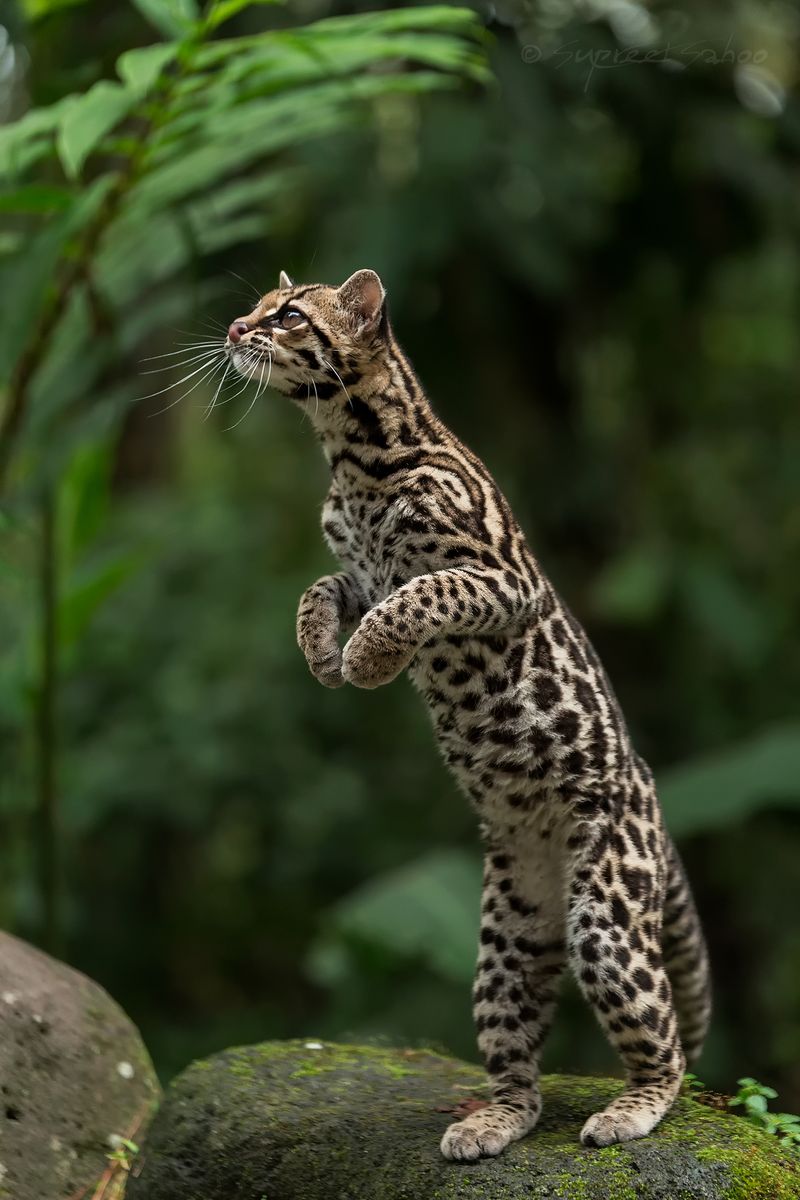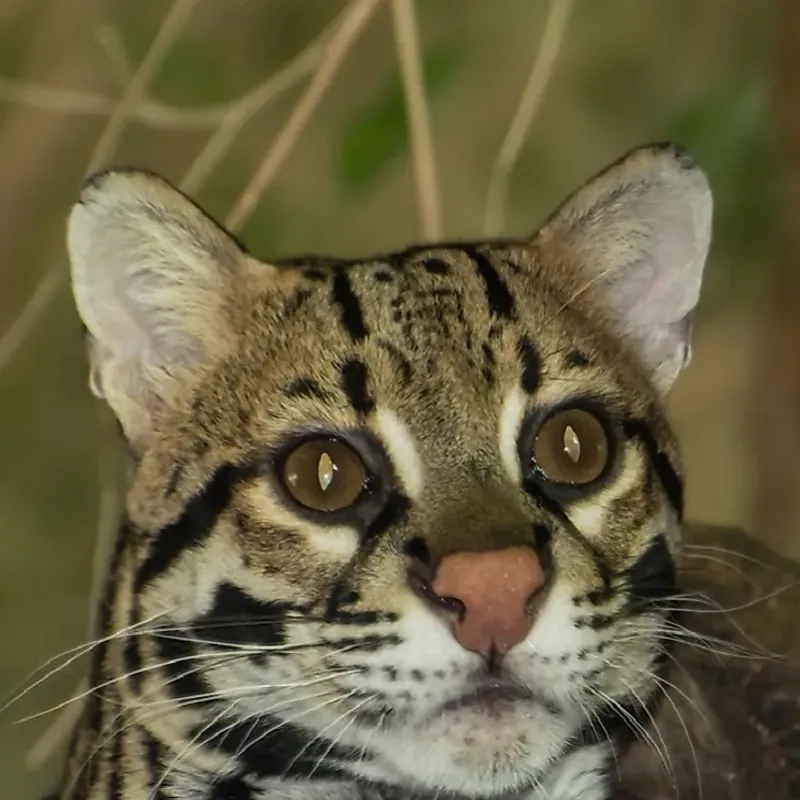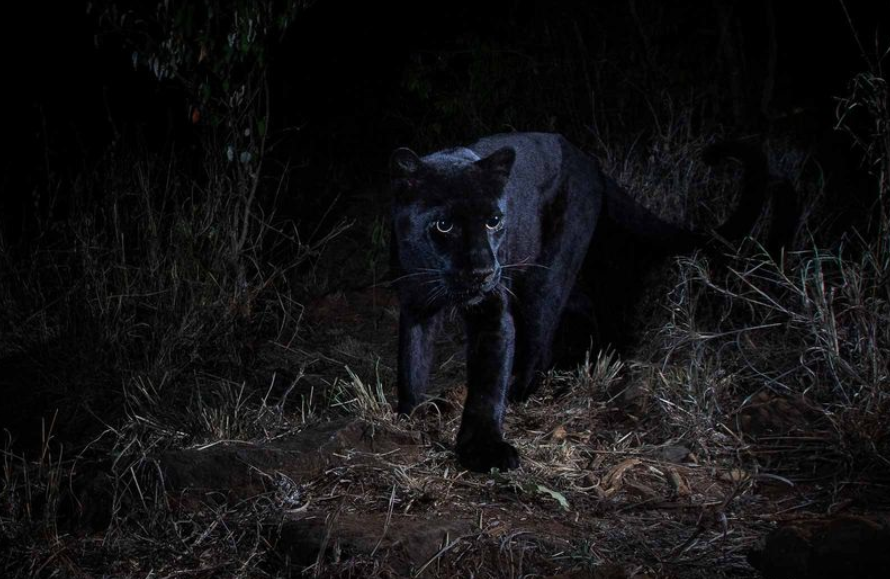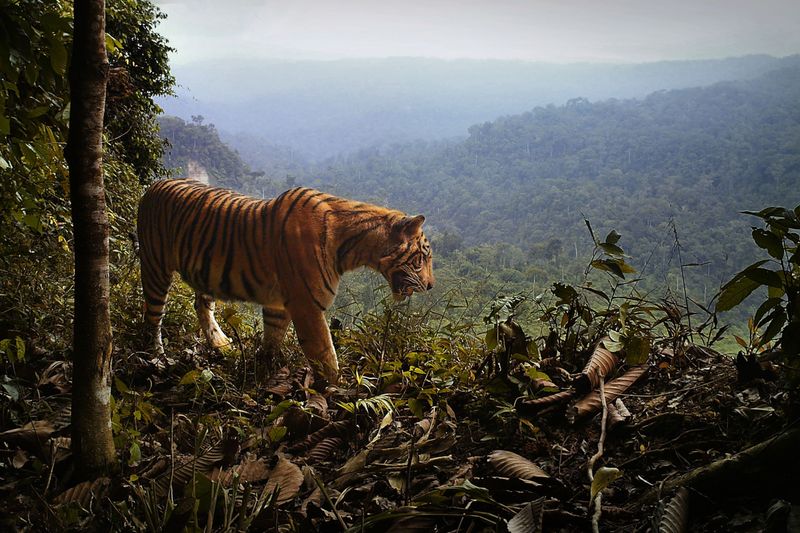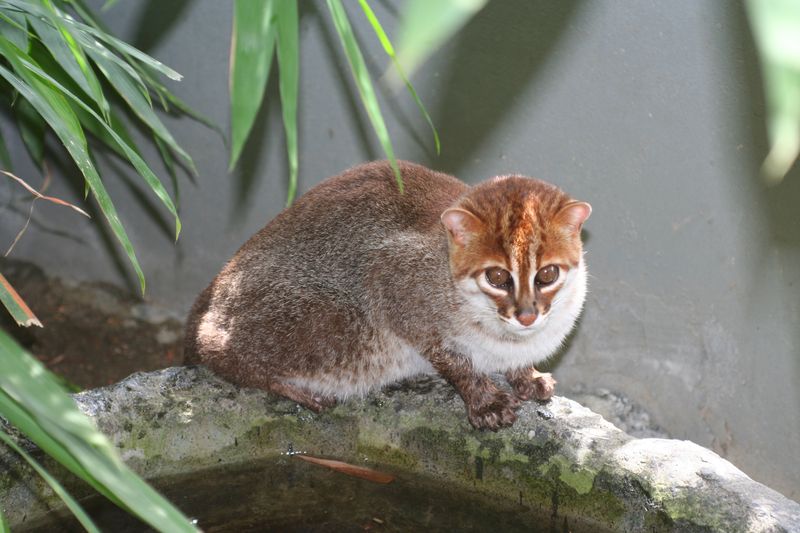📖 Table of Content:
Hidden beneath dense canopies and tangled vines, the rainforests of our planet harbor some of the most elusive and majestic predators known to science—wild cats. These remarkable creatures have adapted in extraordinary ways to thrive in the lush, shadowy underworld of tropical forests. From South America’s Amazon basin to the humid jungles of Southeast Asia, these felines exhibit unparalleled agility, stealth, and survival instincts.
Rainforests present a unique set of challenges: limited visibility, high humidity, and competition for prey. Wild cats that live in these environments have evolved to become masters of camouflage, silent stalkers, and acrobatic hunters. Whether they dwell in the trees or roam the forest floor, their behavior is finely tuned to the rhythms of this vibrant ecosystem.
Despite their fierce independence and adaptability, many of these cats face growing threats from deforestation, poaching, and habitat fragmentation. Several are listed as endangered, with shrinking ranges and diminishing prey populations putting them at risk. As apex predators, their presence is vital for maintaining ecological balance, making their protection critical not just for their own survival, but for the health of the rainforest itself.
1. Jaguar (Panthera onca)
Roaming the shadowy depths of the Amazon and beyond, the jaguar is the largest cat in the Americas and a powerful symbol of rainforest majesty. Distinguished by its golden coat adorned with rosettes, it uses its muscular build and stealth to stalk prey both on land and in water. Uniquely, jaguars often kill by crushing the skull or piercing the brain—a rare method among big cats. Known to be excellent swimmers, they’re often spotted near rivers and flooded forests, hunting capybaras, caimans, and fish. Their range once spanned from the U.S. to Argentina but has greatly diminished due to human encroachment. Jaguars play a key ecological role by controlling populations of herbivores and smaller predators. Their presence signifies a healthy and intact rainforest system.
2. Clouded Leopard (Neofelis nebulosa)
Drifting like mist through the treetops of Southeast Asia, the clouded leopard is a ghostly presence in the rainforest. Its distinctive coat, marked by large cloud-shaped blotches, offers excellent camouflage among branches and foliage. Possessing one of the largest canines relative to skull size among cats, it’s equipped for taking down prey larger than itself. These cats are extraordinary climbers—able to hang upside down and descend trees headfirst thanks to their strong limbs and flexible joints. Clouded leopards are solitary and elusive, rarely seen in the wild, which makes studying them a difficult task for researchers. Though they aren’t true leopards, they bridge the evolutionary gap between big cats and smaller felines. Deforestation and illegal wildlife trade pose serious threats to their survival.
3. Margay (Leopardus wiedii)
With the agility of a gymnast, the margay navigates the rainforest canopy like few others can. Native to Central and South America, this small spotted cat spends most of its life in trees—hunting, sleeping, and even raising its young above ground. What sets the margay apart is its remarkable ankle rotation, allowing it to climb down trees headfirst, much like a squirrel. It preys on birds, small mammals, and reptiles, often mimicking the sounds of its prey to lure them closer. Despite its small size, the margay is a highly specialized predator perfectly adapted to arboreal life. However, its dependence on old-growth forest makes it vulnerable to logging and land conversion. The margay’s graceful movement and secretive nature embody the mystery of the rainforest canopy.
4. Ocelot (Leopardus pardalis)
Gracefully adorned with intricate rosettes and stripes, the ocelot is one of the most visually striking cats of the New World tropics. This nocturnal hunter prefers dense cover where it can silently stalk prey such as rodents, birds, and amphibians. Unlike many of its feline cousins, the ocelot is more tolerant of human-altered landscapes, though deforestation still threatens its range. It is an excellent climber and swimmer, adding versatility to its already impressive hunting repertoire. Males can be fiercely territorial, sometimes fighting to the death over mates or range. Its vocalizations include meows, growls, and even yowls used in mating calls or territorial disputes. Though not currently endangered, it is often targeted by the illegal pet and fur trade.
5. Leopard (Panthera pardus) – Rainforest Populations
Adaptable to a wide array of habitats, the leopard thrives even in the thickest rainforests of Africa and Asia. In places like the Congo Basin and Sri Lankan jungles, these cats often exhibit melanism—a dark coloration that helps them blend into shadowy underbrush. They are solitary hunters that rely on stealth and strength, often dragging their kills into trees to avoid scavengers. Unlike lions and tigers, leopards do not roar frequently but communicate with rasps and coughs. Their diet is incredibly varied, ranging from monkeys and deer to birds and reptiles. Even in areas with human settlements, leopards often persist by adjusting their activity to nocturnal hours. Their ability to live in both pristine and disturbed forests makes them resilient, though not immune, to ecological pressures.
6. Tiger (Panthera tigris) – Indochinese and Sumatran Subspecies
Reigning as the largest rainforest cat, the tiger is a solitary monarch of Southeast Asian jungles and the misty forests of Sumatra. These subspecies are smaller and darker-striped than their mainland relatives, suited for dense undergrowth and narrow trails. Ambush is their strategy; they lie in wait with precision, using every inch of striped camouflage before launching a swift, fatal pounce. Tigers are known for their strength, capable of dragging prey heavier than themselves for long distances. The Sumatran tiger, critically endangered, survives in fragmented habitats where human encroachment and poaching are constant threats. Conservationists work tirelessly to protect breeding grounds and enforce anti-poaching laws. Tigers are not just iconic; they are keystone species essential to the health of their ecosystems.
7. Flat-headed Cat (Prionailurus planiceps)
Rarely seen and poorly understood, the flat-headed cat is a true enigma of Southeast Asian wetlands and rainforests. With a low-set head and elongated body, it’s adapted to aquatic life more than any other feline. Its partially webbed feet and water-resistant fur aid in hunting fish, frogs, and crustaceans in slow-moving streams and swamps. Unlike many cats, it often dips its head underwater, using keen eyesight and tactile sensitivity to catch prey. This nocturnal feline is shy and elusive, making field studies and population assessments extremely challenging. Habitat destruction—especially from palm oil plantations—poses the greatest threat to its survival. Despite its small size, the flat-headed cat holds immense ecological value in maintaining wetland food webs.
